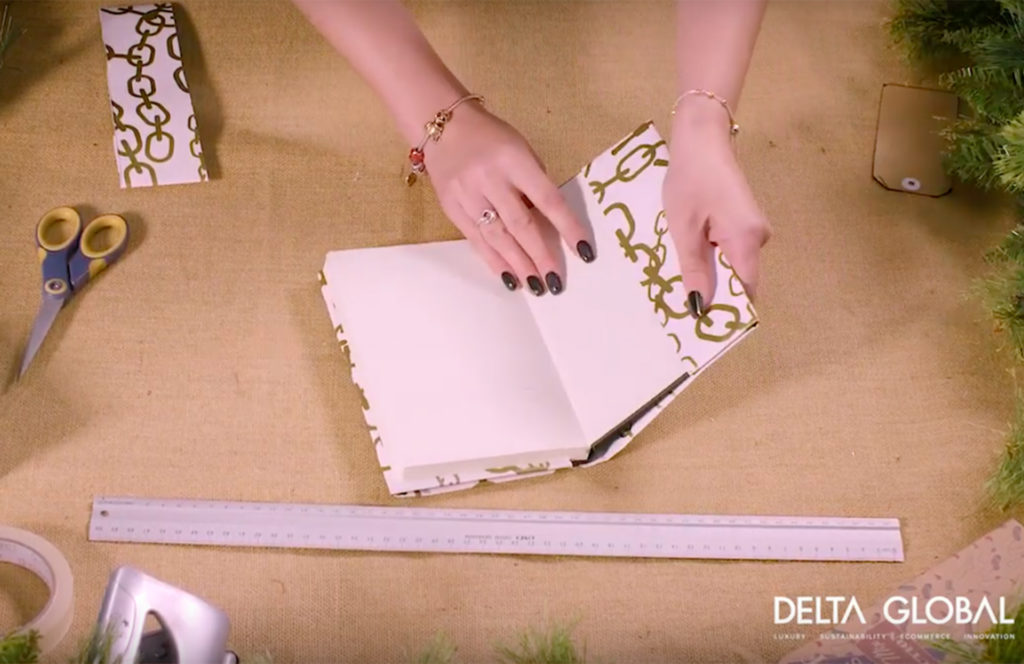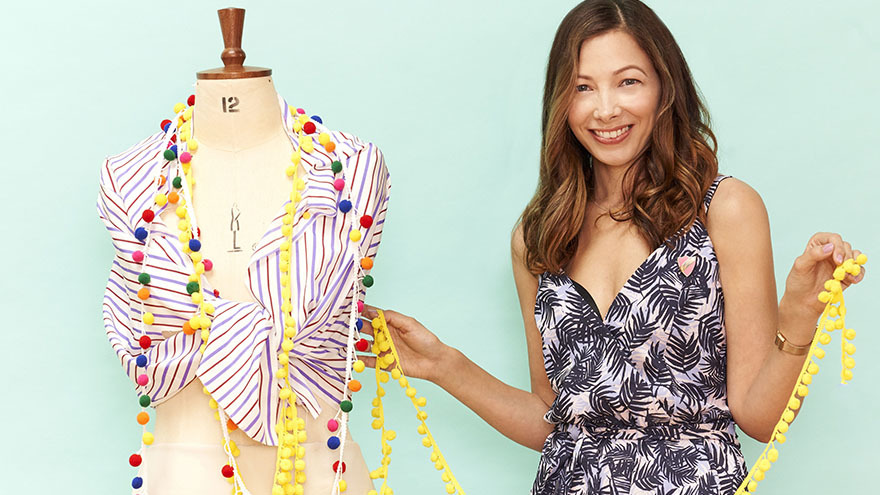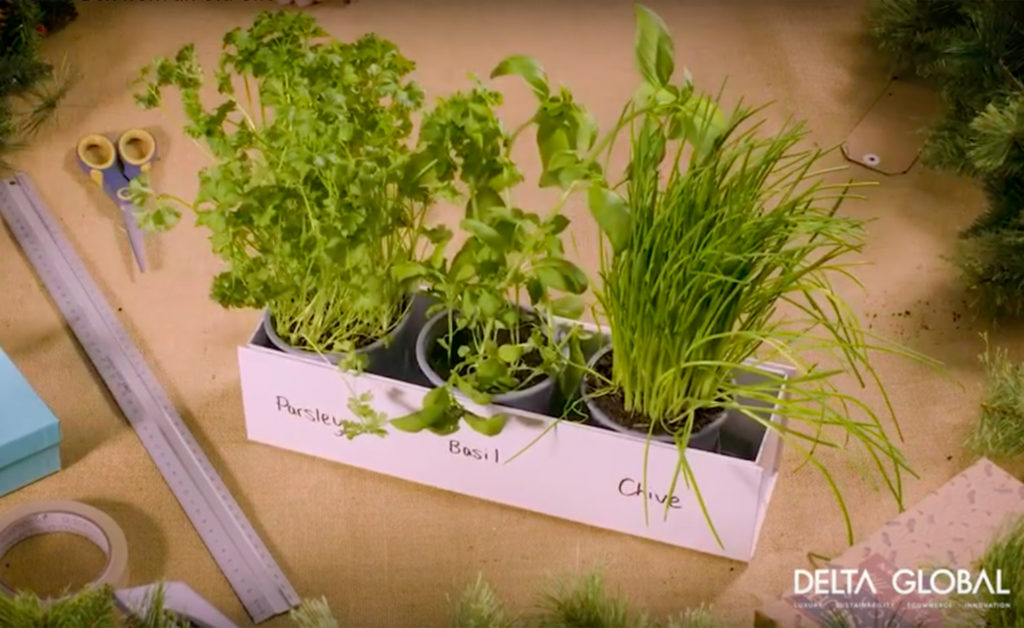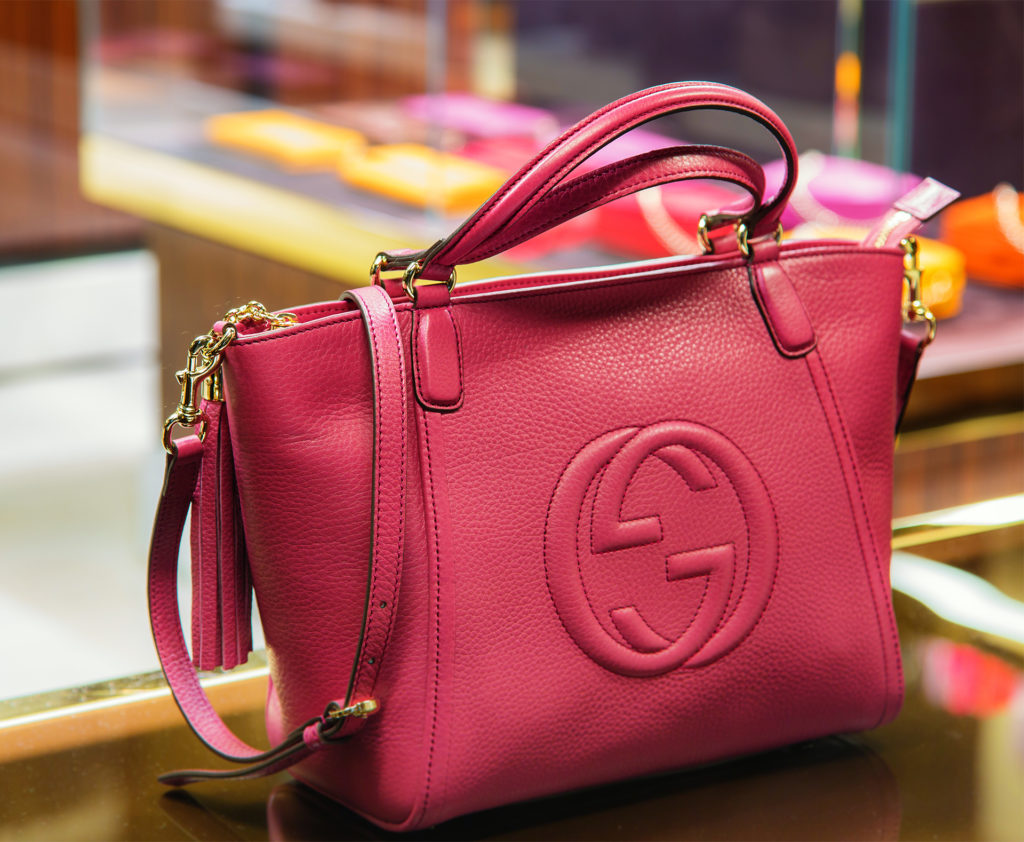Quarantine With Your Cupboards: Re-purposing Things In Your Home
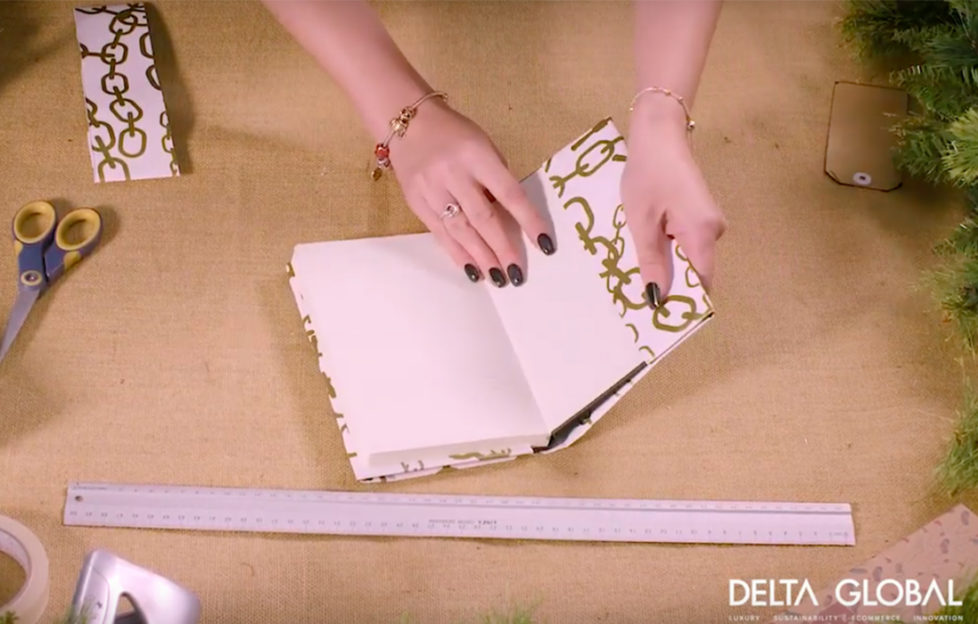
As we adjust to life in lockdown due to the coronavirus pandemic, people are finding more time and motivation than ever before to clear out their cupboards and get creative with their findings.
And, with shopping largely restricted to essential items only, hyper-consumerism has started to slow.
Robert Lockyer, owner of luxury packaging provider Delta Global, says consumers are now coming to realise the worth of their old goods.
Robert is an advocate of recycling and re-usability, particularly in the packaging and fashion industries. Here he discusses the benefits of re-purposing the things we find in our homes, as well as some creative ideas to try.
The benefits of re-purposing during the pandemic
The obvious benefits of reusing, recycling and re-purposing old items we find while cleaning out our cupboards are the environmental ones. There are also clear cost savings that can be made by maximising the life of items we’ve already purchased.
A less obvious benefit is the positive impact it can have on our emotional and psychological wellbeing, particularly in a time of stress, adversity and boredom.
“By engaging in something inventive or artistic, we can improve our mental wellbeing and motivation levels. It provides us with focus and stimulates our brain activity,” said Robert.
“Often in boredom, brilliance is born. Keeping ourselves occupied, organised and entertained could be the prompt that we all needed to put zero-waste at the forefront of our minds.”
Speaking of the accomplishment and respite that comes with a sense of salvaging what would normally be considered waste, Robert notes that this may now be the time consumers truly find pleasure and purpose in creating a circular life for their goods.
“While many of us will take the time to de-clutter our homes and wardrobes, the process could help us to rediscover our style and become more sustainable long-term.”
Build a make-do and mend mentality
Brands and stylists are increasingly encouraging us to upcycle and mend fashion items in order to find something new to love in an old garment. Customisation is a great way to create a unique statement piece that shows off your own individual personality and style.
While it makes economic sense, it also helps us to identify the things we really value and refine our style accordingly.
In fact, repairs service Clothes Doctor has started an online tutorial series to teach their audience techniques such as yarning, in order to help them restore and customise old garments.
Recycling packaging
With high streets closed and many of us spending our time working from home or self-isolating, online shopping prevails. Deliveries typically arrive in cardboard boxes or polythene bags that would usually end up in the bin.
“Imagine what you might do with an old wine gift box or even a shoe box – why not get green-fingered and turn it into a windowsill herb garden?” says Robert. “You can even transform those non-recyclable bags into a waterproof liner – all you need is some creativity, the soil from your garden and some seeds.”
And it’s not just exterior packaging that can be recycled. Glass objects such as cosmetics and perfume bottles can make stylish home-made reed diffusers and vases.
Create something new
Another way to breathe new life into your old garments is to re-purpose the material to create items such as quirky cushion covers. Attach accessories such as an old necklace to a handbag to make a new statement handle.
Stuck for ideas? Look to the internet for inspiration. Apps such as Pinterest, as well as influencers and YouTubers, have great hacks for home resourcefulness.
Channels like HGTV Handmade upload weekly videos giving step-by-step guides. You can learn to transform old light shades into vases, jumpers into pet beds and even old clothes into a plaited doormat.
Take inspiration from the iconic luxury brands salvaging the scraps of their materials to make new products. For instance, shoe and accessory brand TRMTAB cleverly creates beautifully woven bags and electronics cases out of the excess cut-offs of their products.
Robert explains, “It’s about stopping the throwaway culture and encouraging people to rethink how they might re-use the items they are clearing out. Old belts, jewellery and shoe fabrics could generate stunning and personalised pieces that give an individual a regained affinity with their old goods.”
Re-sell old clothing and bags
Take a leaf out of supermodel Kate Moss’s book and get into the habit of re-selling or donating your unwanted items.
With growing concerns about financial hardship, society is turning towards more affordable options for items that would usually be considered a treat. Pre-owned fashion websites such as Front Row and Bagista are leading this movement.
Kate Moss alongside other celebrities such as Rachel Weisz, Bella Freud and many others, have partnered with pre-owned resale company Vestiaire Collective to run a charity sale in aid of those affected by the coronavirus.
They have pledged to donate 100% of the proceeds to charities working to fight the pandemic, including the World Health Organisation, the Italian Lombardia Region Fundraising, the France Hospitals Foundation and Madrid’s La Paz Hospital.
Robert comments, “With the encouragement of pre-loved clothing websites doing deeds of good while still generating revenue, people should be inspired to resell or donate authentic and value items to the secondary buyer market to enable a product to fulfil its life for longer.
“Not to mention, reselling rather than throwing away garments can reduce an item’s carbon footprint by 14%.”
Style your working-from-home space
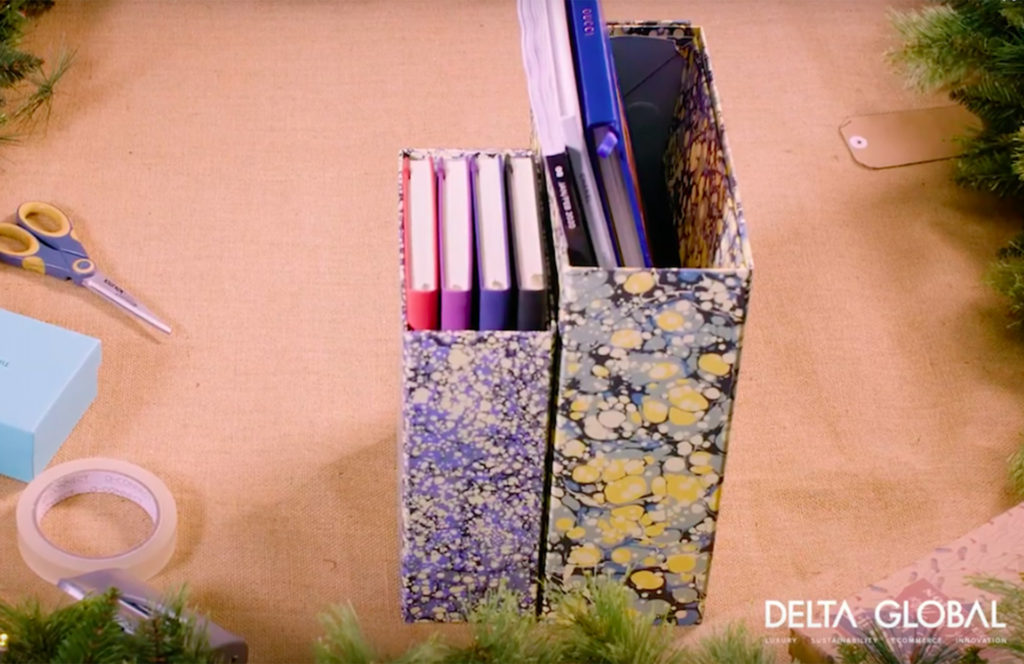 From paper bags and kitchen foil through to leftover wallpaper, there are plenty of materials lying around our homes which we can use to style our space.
From paper bags and kitchen foil through to leftover wallpaper, there are plenty of materials lying around our homes which we can use to style our space.
Try covering notebooks and folders, or using old boxes and upcycled jars as storage solutions. You can transform almost anything into something that adds colour, texture and character to your space.
As consumers begin to embrace the products they’ve already invested in, it’s hoped that their buying psychology will make a permanent shift to a more sustainable outlook.
Many of us are beginning to form good habits of creativity and consciousness. Pride and perseverance will be particularly useful in driving forward a more caring shopping ethos of the future.

